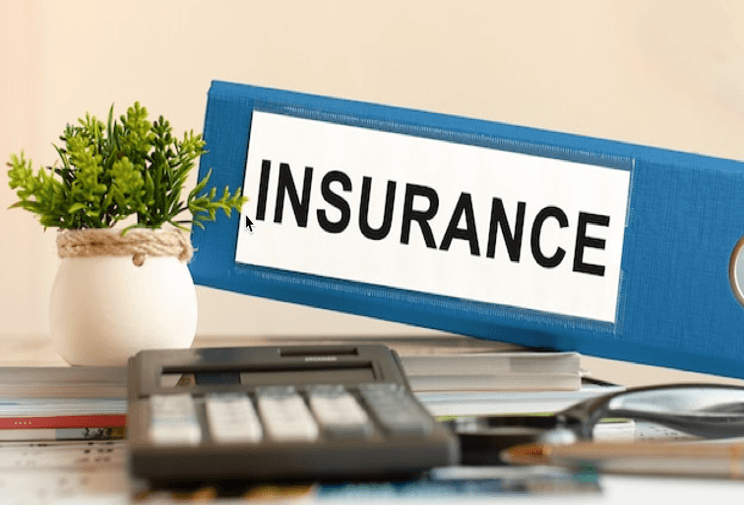Some Known Factual Statements About Pacific Prime
Some Known Factual Statements About Pacific Prime
Blog Article
Examine This Report on Pacific Prime
Table of ContentsNot known Incorrect Statements About Pacific Prime The Best Guide To Pacific PrimeNot known Factual Statements About Pacific Prime Pacific Prime - An OverviewPacific Prime - Truths

This is due to the fact that the data were accumulated for a period of solid economic efficiency. Of the estimated 42 million individuals who were without insurance, all yet regarding 420,000 (about 1 percent) were under 65 years old, the age at which most Americans come to be qualified for Medicare; 32 million were grownups between ages 18 and 65, about 19 percent of all adults in this age team; and 10 million were kids under 18 years old, concerning 13.9 percent of all children (Mills, 2000).
These quotes of the number of persons without insurance are produced from the annual March Supplement to the Present Populace Study (CPS), conducted by the Demographics Bureau. Unless or else noted, national quotes of people without wellness insurance and percentages of the populace with different type of insurance coverage are based on the CPS, one of the most widely used source of quotes of insurance coverage and uninsurance rates.
The 8-Second Trick For Pacific Prime

Still, the CPS is specifically useful since it produces yearly estimates fairly quickly, reporting the previous year's insurance policy coverage estimates each September, and since it is the basis for a consistent set of price quotes for greater than twenty years, enabling analysis of trends in protection in time. For these reasons, as well as the comprehensive use of the CPS in other studies of insurance protection that are provided in this report, we depend on CPS quotes, with restrictions kept in mind.

The quote of the variety of uninsured people increases when a population's insurance standing is tracked for a number of years. Over a three-year period starting early in 1993, 72 million people, 29 percent of the united state populace, were without insurance coverage for at least one month. Within a solitary year (1994 ), 53 million individuals experienced at the very least a month without insurance coverage (Bennefield, 1998a)
6 out of every 10 uninsured grownups are themselves employed. Although working does enhance the likelihood that one and one's relative will have insurance, it is not an assurance. Also members of family members with 2 full time breadwinner have practically a one-in-ten opportunity of being uninsured (9.1 percent uninsured price) (Hoffman and Pohl, 2000).
Not known Facts About Pacific Prime
New immigrants represent a significant proportion of people without medical insurance. One analysis has associated a substantial portion of the current more helpful hints growth in the dimension of the united state uninsured populace to immigrants who showed up in the country in between 1994 and 1998 (Camarota and Edwards, 2000). Current immigrants (those that pertained to the USA within the previous 4 years) do have a high rate of being without insurance (46 percent), yet they and their youngsters represent simply 6 percent of those without insurance coverage across the country (Holahan et al., 2001).
The relationship in between medical insurance and access to care is well developed, as documented later on in this chapter. Although the partnership between health insurance policy and health and wellness outcomes is neither straight nor simple, an extensive medical and health and wellness solutions research study literature links wellness insurance coverage to improved access to care, much better high quality, and enhanced personal and population health and wellness standing.
Levels of analysis for checking out the effects of uninsurance. It concentrates specifically on those without any health and wellness insurance coverage for any size of time.
Pacific Prime for Dummies
The problems faced by the underinsured are in some areas similar to those faced by the without insurance, although they are usually much less severe. Health insurance coverage, nevertheless, is neither essential nor enough to obtain accessibility to clinical services. The independent and straight impact of health insurance protection on access to health and wellness solutions is well developed.
Others will obtain the healthcare they require even without health insurance coverage, by spending for it expense or seeking it from carriers that supply treatment cost-free or at extremely subsidized rates. For still others, health and wellness insurance coverage alone does not make sure receipt of care as a result of other nonfinancial obstacles, such as an absence of healthcare service providers in their neighborhood, restricted access to transportation, illiteracy, or linguistic and social differences.
An Unbiased View of Pacific Prime
Formal study about uninsured populaces in the United States dates to the late 1920s and early 1930s when the Committee on the Cost of Treatment produced a collection of records about financing doctor workplace check outs and hospitalizations. This issue became prominent as the numbers of clinically indigent climbed during the Great Anxiety.
Report this page